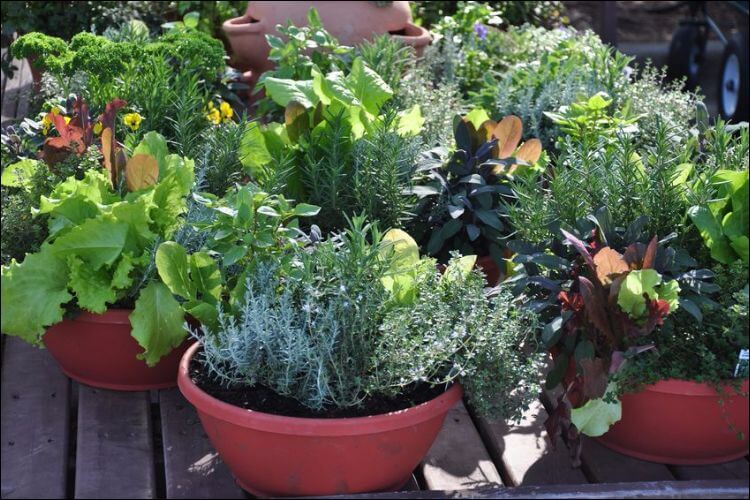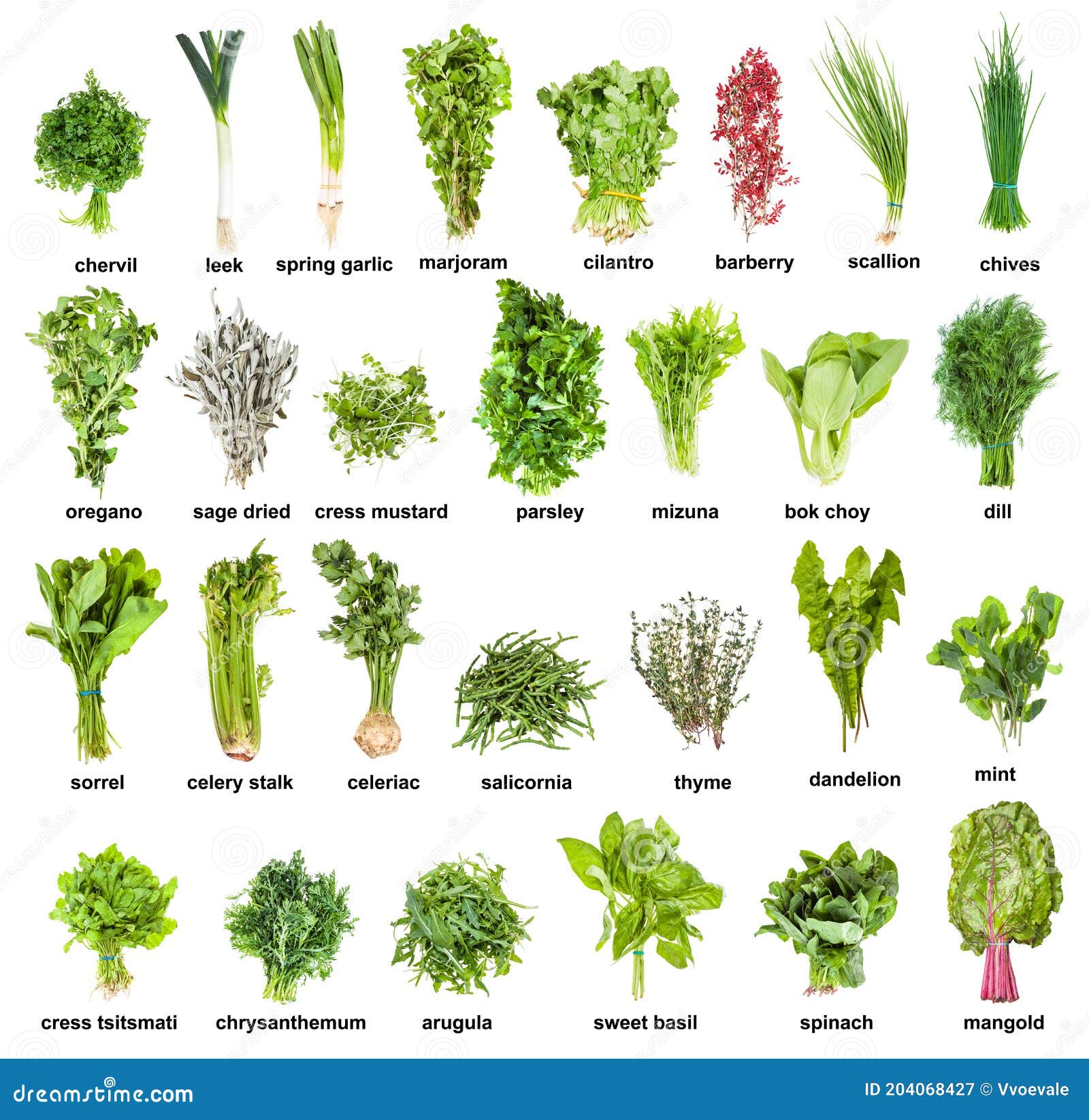Grow Fresh Herbs in Pots for Cooking: A Culinary Adventure

Imagine plucking a sprig of fresh basil from your windowsill to garnish a homemade pizza, or snipping some chives to add a zing to your morning omelette. Growing herbs in pots for fresh cooking isn't just convenient; it's a culinary adventure that transforms your kitchen into a living, breathing pantry. Let's dive into the world of container herb gardens and explore how you can cultivate your own indoor herb plants for a farm-to-table experience right at home.
Why Grow Herbs in Pots?
Growing herbs in pots is like having a miniature farm at your fingertips. It's not just about the fresh flavors; it's about the joy of nurturing something from seed to harvest. Container herb gardens are perfect for urban dwellers with limited space, offering a sustainable and rewarding hobby that enhances your cooking and your well-being.
Choosing the Right Herbs for Your Container Garden
When selecting culinary herbs for your indoor garden, consider both your cooking preferences and the plant's growing requirements. Some popular choices include basil, parsley, chives, rosemary, and thyme. Each herb has its unique flavor profile and care needs, so let's break them down.
Basil
Basil is a versatile herb that thrives in sunny spots. It loves well-drained soil and plenty of water. Use it in Italian dishes, salads, and even cocktails.
Parsley
Parsley is a hardy herb that can tolerate partial shade. It's rich in vitamins and adds a fresh, slightly bitter note to soups, stews, and salads.
Chives
Chives are a member of the onion family and prefer full sun. They add a mild onion flavor to dishes and are great in omelettes, salads, and as a garnish.
Rosemary
Rosemary is a woody herb that loves sun and well-drained soil. Its piney flavor is perfect for roasted meats, potatoes, and bread.
Thyme
Thyme is a low-growing herb that enjoys full sun. It's a staple in Mediterranean cuisine and pairs well with poultry, fish, and vegetables.
Herb Growing Tips: Setting Up Your Container Garden
Setting up your container herb garden is like creating a tiny ecosystem. Here are some essential herb growing tips to get you started:
Choose the Right Containers
Select pots with good drainage to prevent root rot. Terracotta pots are a classic choice, but plastic and ceramic pots also work well. Ensure your pots are at least 6 inches deep to accommodate root growth.
Use High-Quality Soil
Invest in a well-draining potting mix specifically designed for herbs. Avoid using garden soil, as it can be too heavy and compacted for potted plants.
Provide Adequate Light
Most culinary herbs need at least 6-8 hours of sunlight per day. Place your pots near a south-facing window or use grow lights to supplement natural light.
Water Wisely
Herbs generally prefer well-drained soil, so avoid overwatering. Allow the top inch of soil to dry out between waterings.
Fertilize Sparingly
Herbs don't need much fertilizer. A light application of a balanced, water-soluble fertilizer every few months is usually sufficient.
Fresh Herb Recipes: From Garden to Plate
Now that your herbs are thriving, it's time to put them to use in some fresh herb recipes. Here are a few ideas to get you started:
Basil Pesto
Blend fresh basil, garlic, pine nuts, Parmesan cheese, and olive oil to create a vibrant pesto. Use it on pasta, pizza, or as a spread on sandwiches.
Herb-Roasted Chicken
Rub a whole chicken with a mixture of fresh rosemary, thyme, garlic, olive oil, salt, and pepper. Roast until golden and juicy.
Chive and Cream Cheese Spread
Mix chopped chives with cream cheese, a touch of lemon juice, and a pinch of salt. Spread it on bagels, crackers, or use it as a dip for veggies.
Parsley Salad
Toss fresh parsley leaves with cherry tomatoes, cucumber, red onion, feta cheese, and a lemon vinaigrette for a refreshing side dish.
Thyme-Infused Honey
Combine fresh thyme sprigs with honey in a saucepan. Heat gently until the honey is infused with the thyme flavor. Use it to sweeten tea, drizzle over yogurt, or as a glaze for roasted vegetables.
Conclusion: Embrace the Joy of Growing Herbs in Pots
Growing herbs in pots for fresh cooking is more than just a hobby; it's a lifestyle that connects you with nature and enhances your culinary adventures. By choosing the right herbs, setting up your container garden with care, and experimenting with fresh herb recipes, you'll discover a world of flavor and satisfaction. So, why wait? Start your culinary adventure today and enjoy the fruits (or herbs) of your labor.
FAQs
How often should I water my potted herbs?
Water your herbs when the top inch of soil feels dry. This usually means watering once or twice a week, depending on the humidity and temperature in your home.
Can I grow herbs indoors without a sunny window?
Yes, you can use grow lights to supplement natural light. LED grow lights are energy-efficient and provide the full spectrum of light that herbs need to thrive.
What are some common pests that affect indoor herb plants?
Common pests include aphids, spider mites, and whiteflies. Regularly inspect your plants and treat any infestations promptly with insecticidal soap or neem oil.
How do I harvest herbs without damaging the plant?
Harvest herbs by pinching or cutting off the top few inches of growth. This encourages the plant to branch out and produce more leaves. Avoid removing more than one-third of the plant at a time.
Can I grow herbs from seeds or should I buy seedlings?
You can grow herbs from seeds, but it requires more time and patience. Buying seedlings is a quicker way to start your container herb garden, especially if you're new to gardening.


By embracing the joy of growing herbs in pots, you'll not only elevate your cooking but also create a living, breathing oasis in your home. Happy gardening!
0 Response to "Grow Fresh Herbs in Pots for Cooking: A Culinary Adventure"
Post a Comment